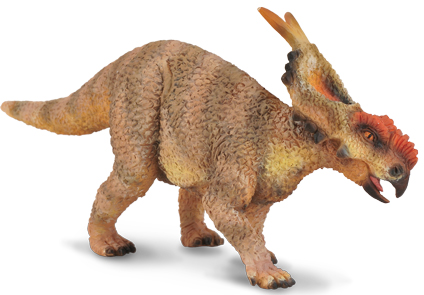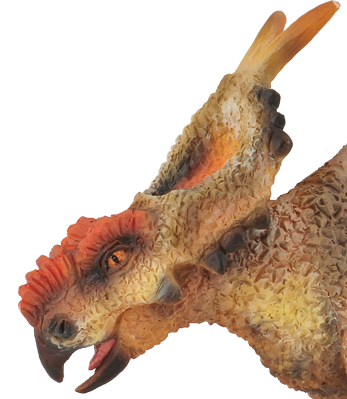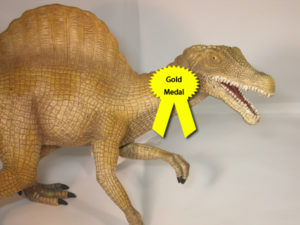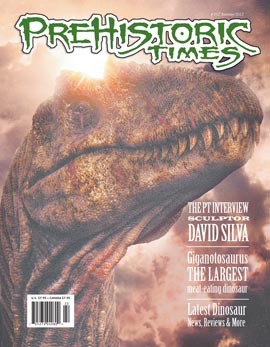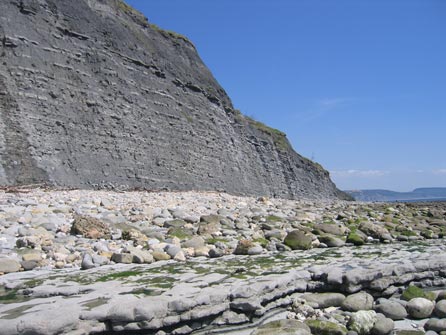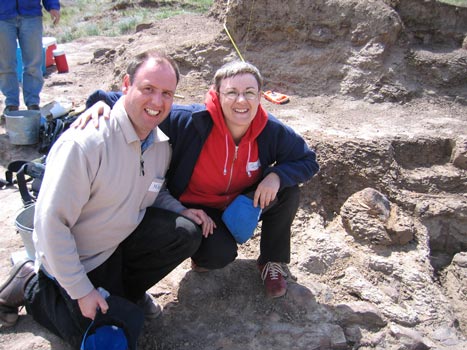Cretaceous Snake Fossil Hints at Serpentes Origins
The evolution of the true snakes (Serpentes) from lizards as part of the Order Squamata (snakes, lizards and their most immediate, common ancestors) is a hotly debated area of vertebrate palaeontology. There are something like seven thousand extant (living) species of snakes and lizards today. These animals make up by far the largest proportion of reptiles on Earth, there are more members of the Squamata than all the other types of reptile combined. Snakes and lizards can be found all over the planet with the exception of the most northerly and southerly latitudes and one or two other locations which owe their lack of native reptile species to a hang over from the most recent Ice Age – Ireland for example.
In the United Kingdom, there are three native species of lizard plus three species of snake, all of which have conservation/protected status. However, how and when the Serpentes (snakes) evolved as a separate sub-order of the Squamata are questions that a number of vertebrate palaeontologists from around the world are trying to find answers to.
An Ancient Snake
One of the problems faced by the researchers is the lack of fossil material of snakes and their potential ancestors. Something like one thousand known fossil species of lizards and snakes are known. These fossils have been found in Africa, the Americas and Asia but in relation to the number of Squamata genera that there must have been in the past, the amount of fossil material found is tiny. In addition, most of the fossils are fragmentary and as a result it is difficult to establish a phylogenetic relationship – to build a family tree of prehistoric snakes and lizards. It is likely that compared to lizards, snakes only made up a small proportion of the terrestrial vertebrate fauna during the time of the dinosaurs.
Another problem that is faced by palaeontologists is that despite there being very few fossils to study, it is clear from the fossil remains available that prehistoric members of the Squamata represent a much more diverse group of reptiles than their modern relatives. Prehistoric Squamata were much more morphologically diverse than their modern representatives. Take one example, the mosasaurs a group of entirely marine lizards that evolved into a myriad of forms during the Cretaceous geological period. Whilst dinosaurs dominated the land during the Late Cretaceous, many mosasaur families become the apex predators in marine environments.
One of the most primitive snakes known from the fossil record is Coniophis. This genus of snake was first described and studied by the great 19th Century, American, palaeontologist Othniel Charles Marsh. The genus was established in 1892. This primitive snake is known for its small, squarish vertebrae and although fossils ascribed to this genus have been found in North and South America scientists still knew very little about it.
O. C. Marsh was a graduate of Yale University, ironically the research of another Yale University student is helping to shed more light on the Coniophis genus and the origin of the true snakes. Yale University Postgraduate Fellow and vertebrate palaeontologist Nicholas Longrich, has helped to identify fossil material which has been ascribed to Coniophis (Coniophis precedens), this research helps to shed further light onto the origin of true snakes.
Discovered in a Collection of Fossils
Whilst carrying out some academic research in the process of writing a paper related to lizard extinction at Berkeley University (California, United States), Nicholas came across in the collection some fossils from a primitive snake, including top and bottom jaw material that had never been properly classified. Until this discovery, found ironically not in the field, but within an existing specimen collection Coniophis precedens had been named based on a study of a single, distinctive backbone (squarish vertebra).
In a paper published in the scientific journal “Nature”, the Yale-based researcher and his colleagues describe Coniophis precedens from the maxilla (upper jaw), the dentary (lower jaw) and additional vertebrae. They see this species as a transitional form between lizards and true snakes. It had a lizard’s head on a snake’s body and it also provides evidence that snakes evolved from burrowing lizards, not from marine lizards as had previously been thought.
The fossils of the “Proto-snake” Coniophis precedens
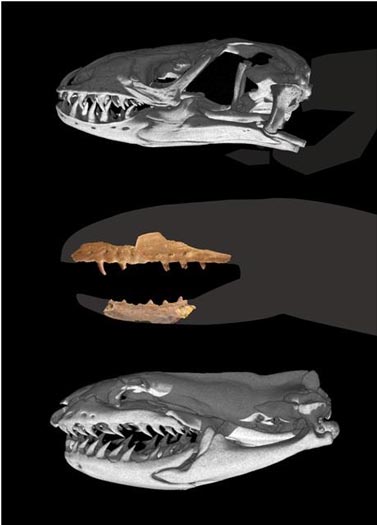
Piecing together the evolution of modern snakes.
Picture credit: Nicholas Longrich
The picture compares the skulls of extant members of the Squamata with the fossils associated with C. precedens. The top image is of a Gila Monster, a venomous lizard that can be found in the Americas today. The middle image shows the maxilla and dentary of Coniophis precedens and the picture at the bottom shows the skull and kinetic jaws of a modern Pipe Snake.
Coniophis precedens was very small and unobtrusive in a Late Cretaceous fauna dominated by the dinosaurs. It did slither with the unique snake locomotion common to all Serpentes today, but it could not unhinge its jaws to feed on animals larger than its jaws are wide. Study of the jaw bones found in the Californian collection suggest that there was some opportunity for expansion of the mouth as the lower jaw flexed a little, but this “proto-snake” could not unhinge its jaws to feed like modern snakes. It lacked the hinges in its jaws that allow the jawbones to dis-articulate, this probably limited the snake in terms of what it could actually eat. The Yale researches speculate that it was the evolution of the ability to unhinge their jaws that led to the radiation of snake species throughout the Late Mesozoic and into the Cenozoic.
Although the snake fossils in the Berkeley collection had been found many years ago, they had not been properly studied and their significance not recognised. These fossils were found in Wyoming and Montana, from strata that represented a flood-plain. Finding primitive snake fossils in terrestrial sediments questions the long-held theory that true snakes evolved from marine ancestors.
Commenting on the research work, Nicholas stated:
“Snake fossils are exceptionally rare. They tend to be very small and very delicate.”
The research team describe the finding of these snake fossils as “significant” but warn against assuming that C. precedens was a direct ancestors of extant Serpentes. These sixty-five-million-year-old fossil remains date from a time when more evolved types of snake, including constrictors who could unhinge their jaws lived. The researchers have concluded that the small, burrowing C. precedens shared its flood-plain habitat with more advanced types of snake, it was a “living fossil in its own time”, comment the research team.
With a skull described as intermediate between lizards and snakes, hooked teeth and an inability to open its jaws very wide, the scientists have speculated as to what this creature may actually have fed on. It has been suggested that it probably ate soft-bodied animals such as worms and grubs that it found as it went through the leaf litter, although it could have tackled small amphibians.
Based on these findings the Yale scientists postulate that it was the development of the hinged, kinetic skull of snakes that enabled them to exploit a much wider range of food sources and this helped the Serpentes to diversify and radiate to create the thousands of species we see today. The rapid radiation occurred in the Cretaceous (Cenomanian faunal stage?), a time when the dinosaurs still dominated terrestrial habitats but new types of small mammal were evolving.
Interestingly, one of the best known prehistoric faunas during the Late Cretaceous is that which has been established from fossil material found in the Dinosaur Park Formation (Alberta, Canada). However, snake fossils are virtually absent from this Formation. Coniophis fossils are known from similar aged strata but have yet to be found in the Dinosaur Provincial Park Formation – another snake-based puzzle for the palaeontologists to ponder.
To view models of ancient squamates including Titanoboa and mosasaurs (whilst stocks last): Rebor Models and Figures – Scale Replicas.


